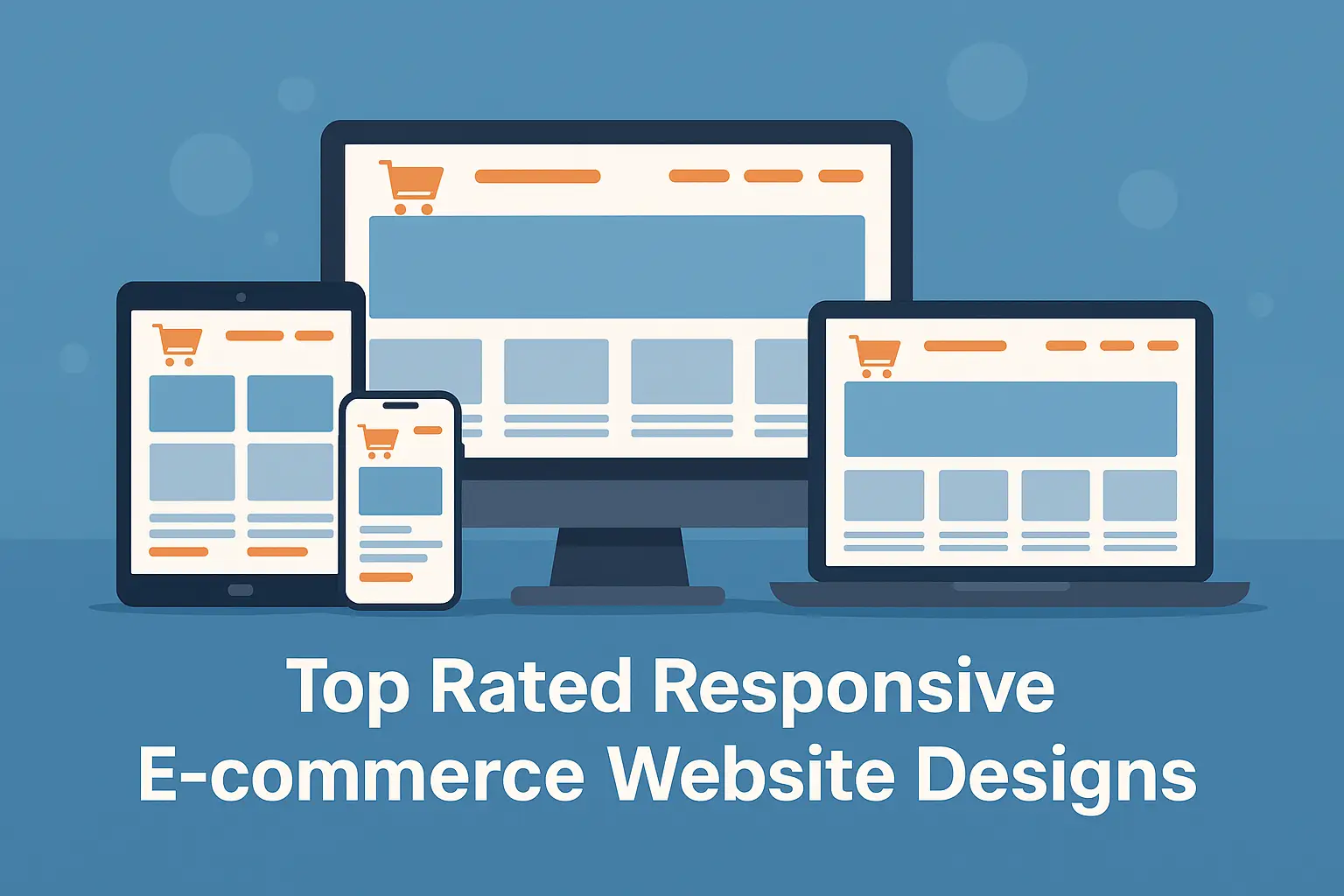
Responsive design isn’t just a trend; it’s a necessity in the fast-paced world of e-commerce. With the surge in mobile shopping, it’s non-negotiable for online stores to adapt their designs. Imagine losing a sale just because your site didn’t fit a smartphone screen! Businesses must keep up; otherwise, they’re basically waving goodbye to potential buyers.
Responsive web design hinges on a few well-defined principles. Fluid grids, flexible images, and CSS media queries are the holy trinity here. They’re like the secret recipe that keeps your website looking great no matter where it’s being viewed.
Now, I gotta say, mobile commerce has really shifted the gears. It’s not just about shrinking things to fit a screen; it’s about crafting an experience where speed, accessibility, and ease dominate. And hey, this isn’t just mobile-friendly; it’s about flowing across every kind of device. Think of it as making your website like water — taking the shape of any container it’s in.
Going beyond just resizing for mobile screens, responsiveness should encompass complete usability. It means users don’t have to pinch and zoom to see your fabulous products. It’s like rolling out the red carpet for customers without any hurdles. When things don’t work out, it’s usually the user experience that takes the hit. So smooth operations translate to happy shoppers, and happy shoppers tend to have hefty shopping carts!
Key Elements of Outstanding Responsive E-commerce Websites
Creating magic on an e-commerce website starts with the things users barely notice—the subtle details that make browsing a breeze. Navigation should feel like second nature. Users gotta find what they want without getting lost in the shuffle. Seamless is the name of the game here. If visitors are jumping through hoops, they’re gone faster than you can say ‘buy now’.
Pictures can make or break the look and feel of a website. That’s where fluid grids come into play, weaving their magic to make sure images look snappy on every device. From desktop monitors to the tiniest smartphone screens, everything stays just as stunning.
So, you’re in bed, scrolling through an online store with your thumb. This is why touch and swipe functionality shouldn’t be ignored. If a site doesn’t respect the power of a finger swipe, it misses out on a critical engagement factor. You want your users to glide through product pages like they’re flipping through a favorite magazine.
Then, there’s the behind-the-scenes heroes—fast-loading content and images. Nobody wants to wait around forever for a website to load. Don’t test that patience; speed seals the deal for loyal visits.
Lastly, personalization and localization can’t be overlooked. The more personalized the experience, the more users feel connected. It’s like walking into a tailored store right in front of you—all with a local flavor that speaks directly to them. When a website knows you, respects your space, and yet feels familiar, you’re onto a winner.
Analyzing Top Rated Responsive E-commerce Websites
Looking at the big names in e-commerce, like Apple, Amazon, or Nike, you can learn a lot about what makes a site top-notch. These giants didn’t just happen on luck; they’ve perfected their responsive designs through innovation and attention to detail.
Let me break it down. A site like Amazon doesn’t just showcase products; it turns browsing into a seamless experience where everything feels within reach, no matter what the device. Their ability to personalize experience to the level of suggesting products based on your previous views is impressive, keeping the user experience engaging and efficient.
Nike takes it a step further with their interactive features and dynamic visuals. It feels like their website is alive, responding and adapting to personal tastes and styles, encouraging users to explore more. The design is not just responsive but intuitive, understanding the user’s journey and anticipating their needs.
These brands didn’t become leaders out of chance. They understood that the user’s first impression often decides whether they’ll stay or bounce. Engaging visuals, smooth navigation, and lightning-fast load times are ingrained in their DNA. It’s this commitment to excellence that sets them apart.
The secret sauce? Keeping it fresh with continuous updates and improvements. Consumer preferences change and technology advances, so staying ahead means evolving. Responsive design isn’t static! It’s an ongoing commitment to excellence.
Future of Responsive Design in E-commerce
The landscape of responsive design is ever-shifting, but staying ahead of trends ensures e-commerce platforms remain competitive. Evolving technology doesn’t just play; it transforms. Expect the unexpected with future innovations shaping how sites are built.
Enter AI and machine learning, which aren’t just buzzwords anymore. These technologies better predict consumer behavior, crafting a shopping experience that feels like the future. Imagine a site that knows what you need before you do—it’s closer than you think.
Voice search is another game changer. Although not firmly in place, prepping sites for vocal commands will be huge. Think about it—users chatting with their phones to find your products. That will change how layouts are designed and how user journeys are plotted.
And then, you’ve got adaptive vs. responsive design—two sides of the same coin. In the future, understanding when to go adaptive rather than just responsive might make the difference. It’s about crafting the best user experience possible, not just meeting the baseline requirements.
Lastly, cloud solutions and hybrid tech are looming on the horizon. They offer flexibility that can redefine how responsive designs operate. It’s all about gearing up for what’s next by investing in resources and strategies that keep a site modern, user-friendly, and utterly irresistible.

